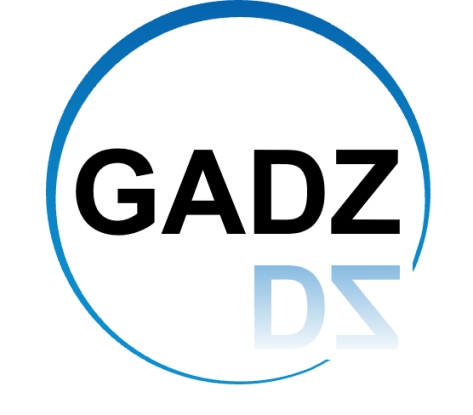See Moodle or Tucan for latest information
Location: L4|02 202 (HMZ)
Semester: Winter Semester
Lecture Start Date: October 13, 2025
Last Lecture: February 13, 2026
Exam Date: TBD
Permitted Examination Aids: None
Topics and Content
The lecture series “Fundamentals and Applications of Digital Twins” provides an in-depth understanding of the technologies and diverse applications of Digital Twins throughout the entire product lifecycle.
Following a technological introduction, you will explore the added value of Digital Twins from various perspectives: from product development and production management to cyber-physical simulations, intelligent value stream analyses, and sustainable construction processes.
Experts from academia and industry offer fascinating insights into current research and application areas – including the integration of OPC UA as a communication standard, the use of AI for data-driven optimization, and innovative solutions for energy-efficient production systems.
Thanks to the interdisciplinary focus of the lecture, you will gain not only solid theoretical knowledge but also practical examples that highlight the impact of Digital Twins on the digital transformation across different industries.
Learning Objectives
• Explain the concept of Digital Twins, including their components and the interaction between the physical twin and the digital shadow.
• Identify and assess application areas of Digital Twins in various industries (e.g., manufacturing, construction, aerospace, robotics).
• Understand OPC UA as a standard for communication and data integration and design basic OPC UA information models.
• Apply data collection and processing techniques in the context of Digital Twins and analyze their associated challenges.
• Explain simulation and modeling methods for Digital Twins and describe their significance throughout the product lifecycle.
• Discuss the integration of Digital Twins in industrial automation systems and evaluate their role in Industry 4.0 applications.
• Analyze data security and privacy aspects related to Digital Twins and derive appropriate protective measures.
• Explain the importance of Digital Twins for sustainability and the circular economy and develop strategies for resource-efficient product and system usage.
Integration into the Study Program
The lecture is suitable for students in the following study programs:
• Bachelor’s degree in Mechanical Engineering
• Number of ECTS Credit Points: 4 CPs for WPB MB (B.Sc.)



